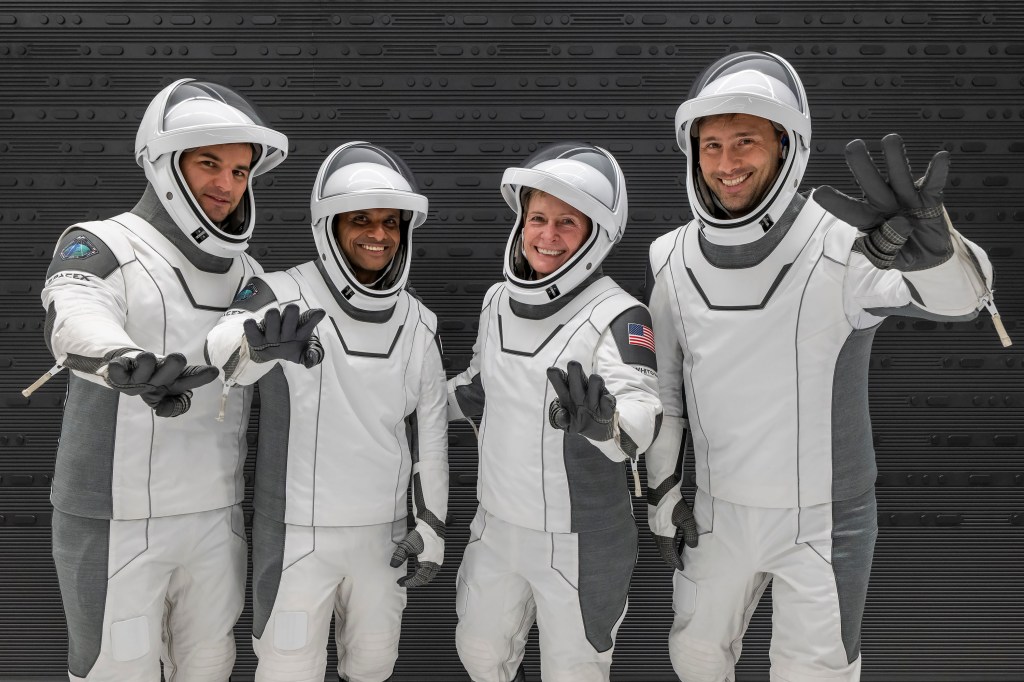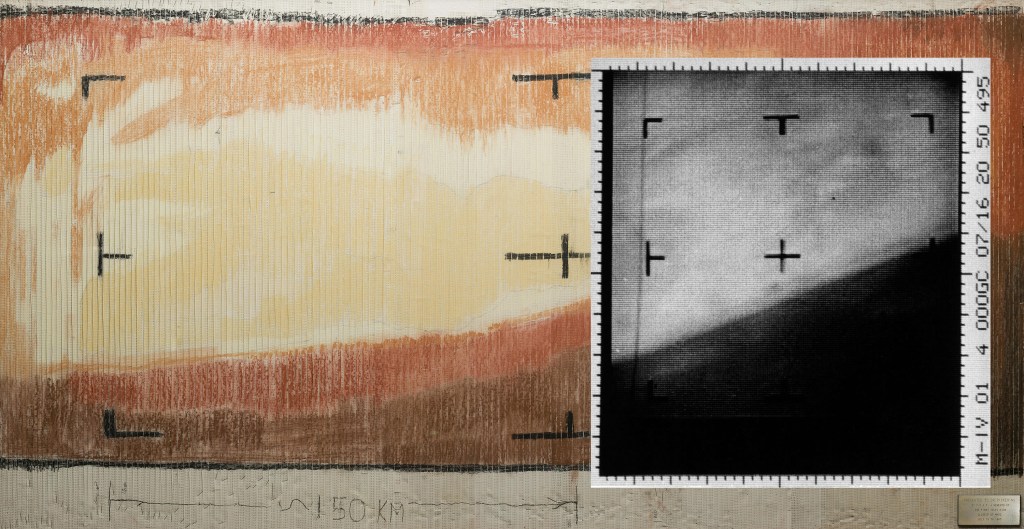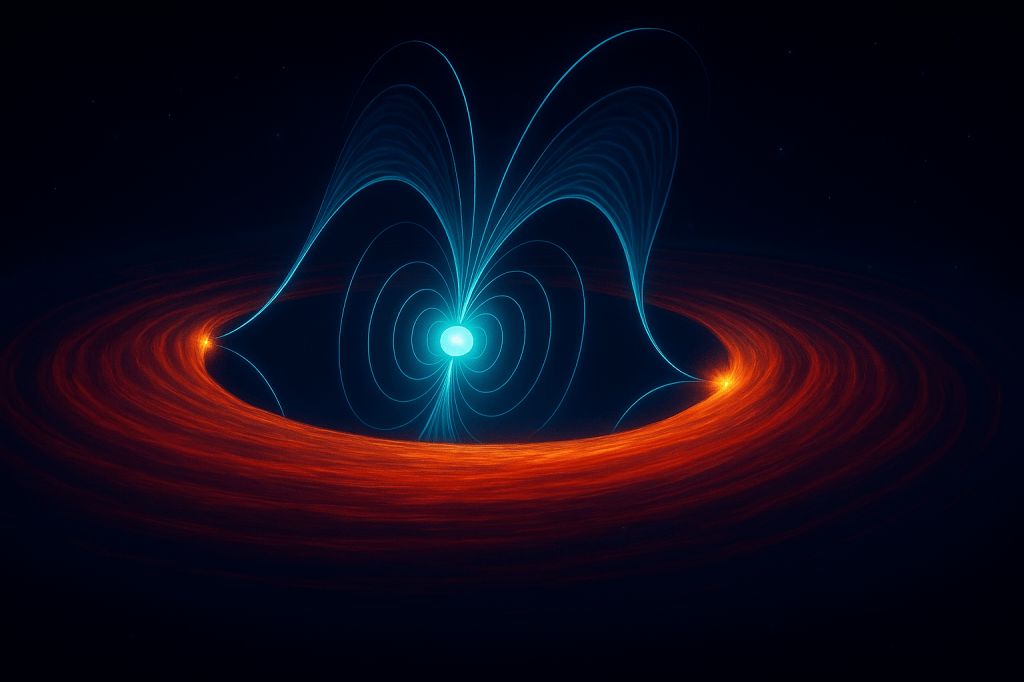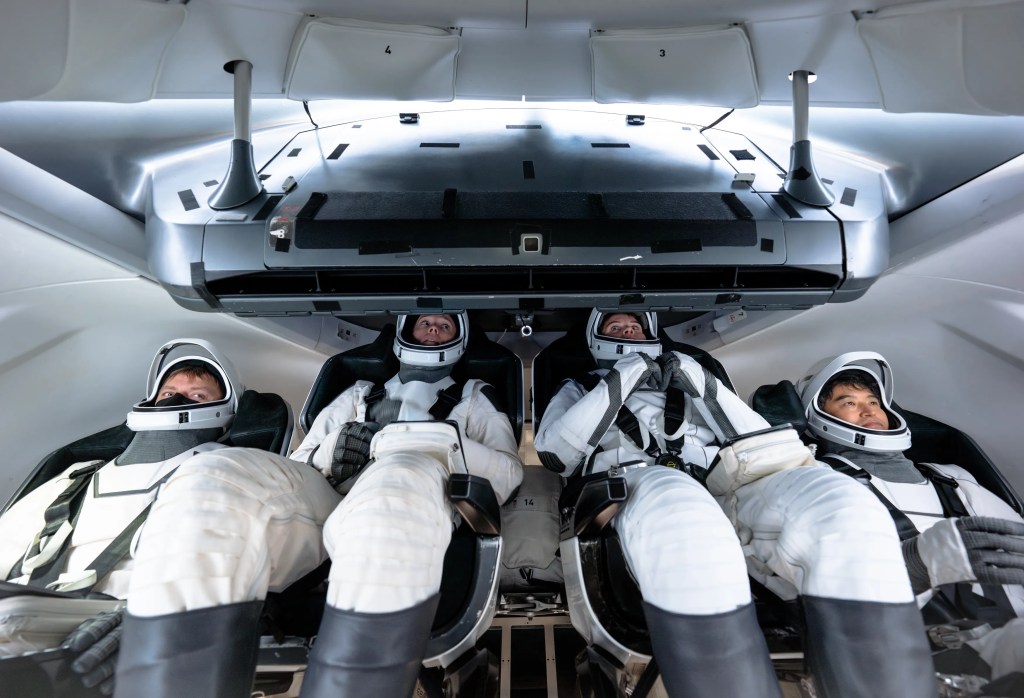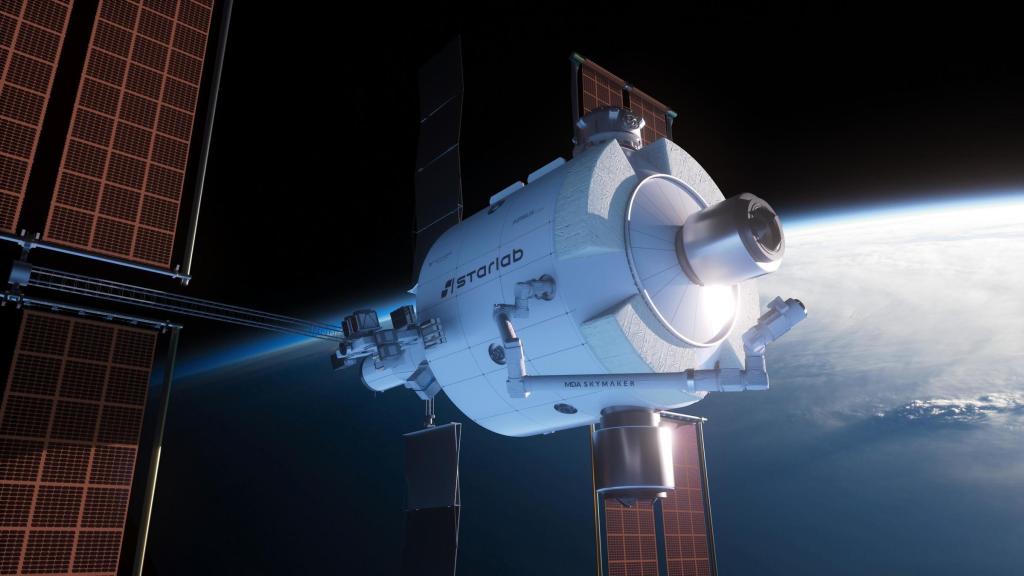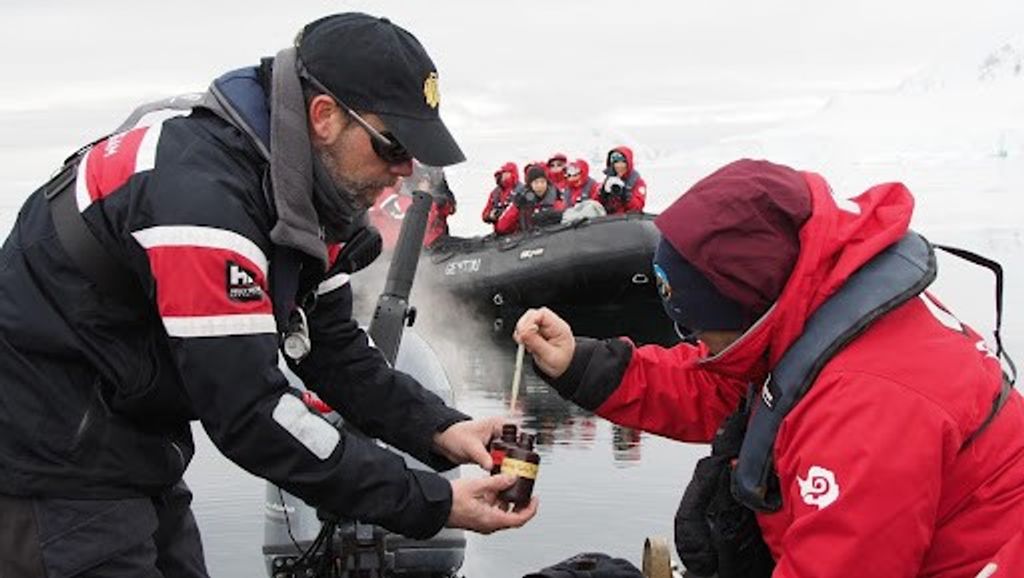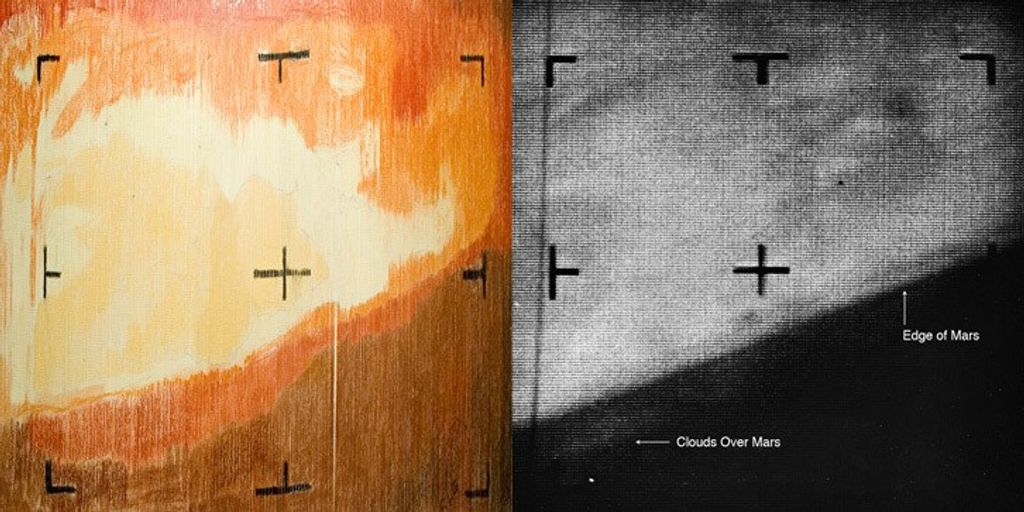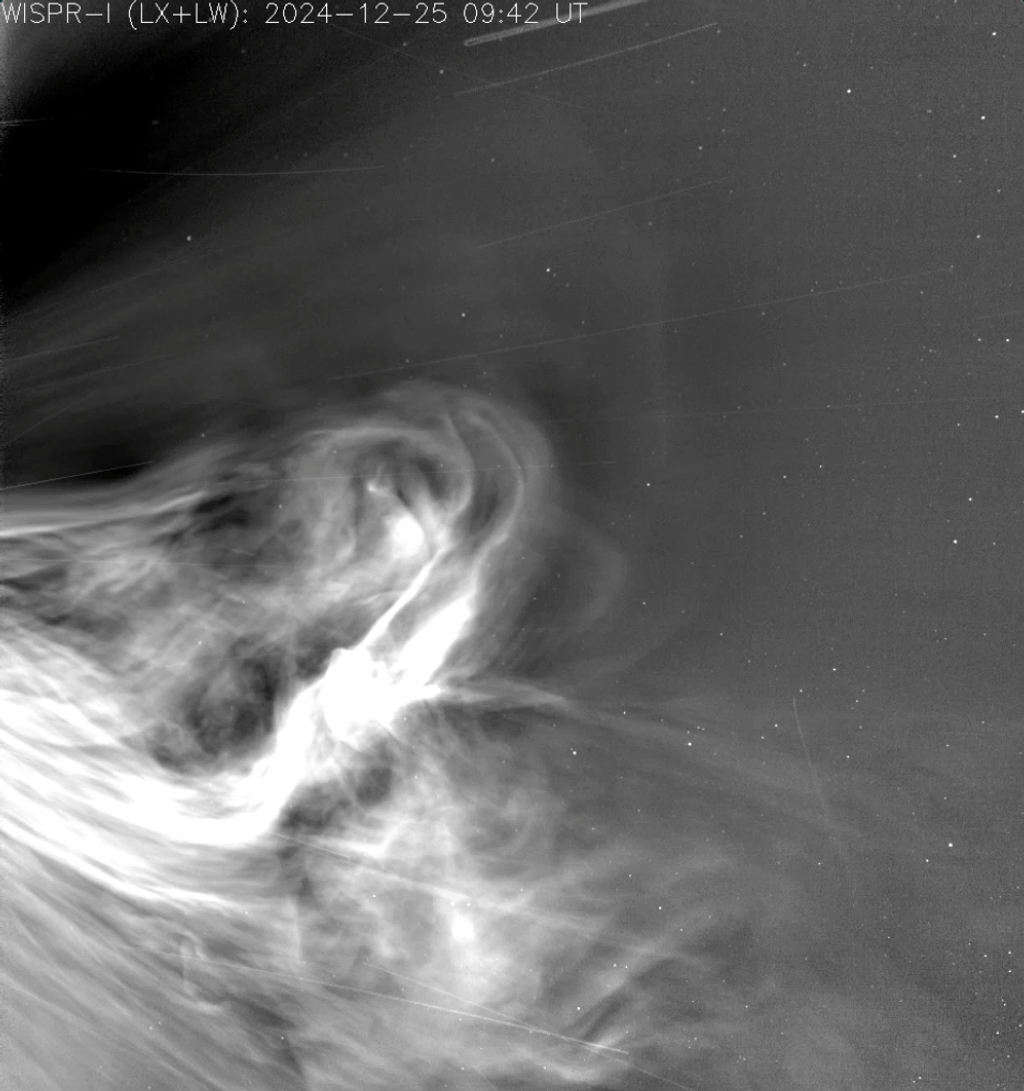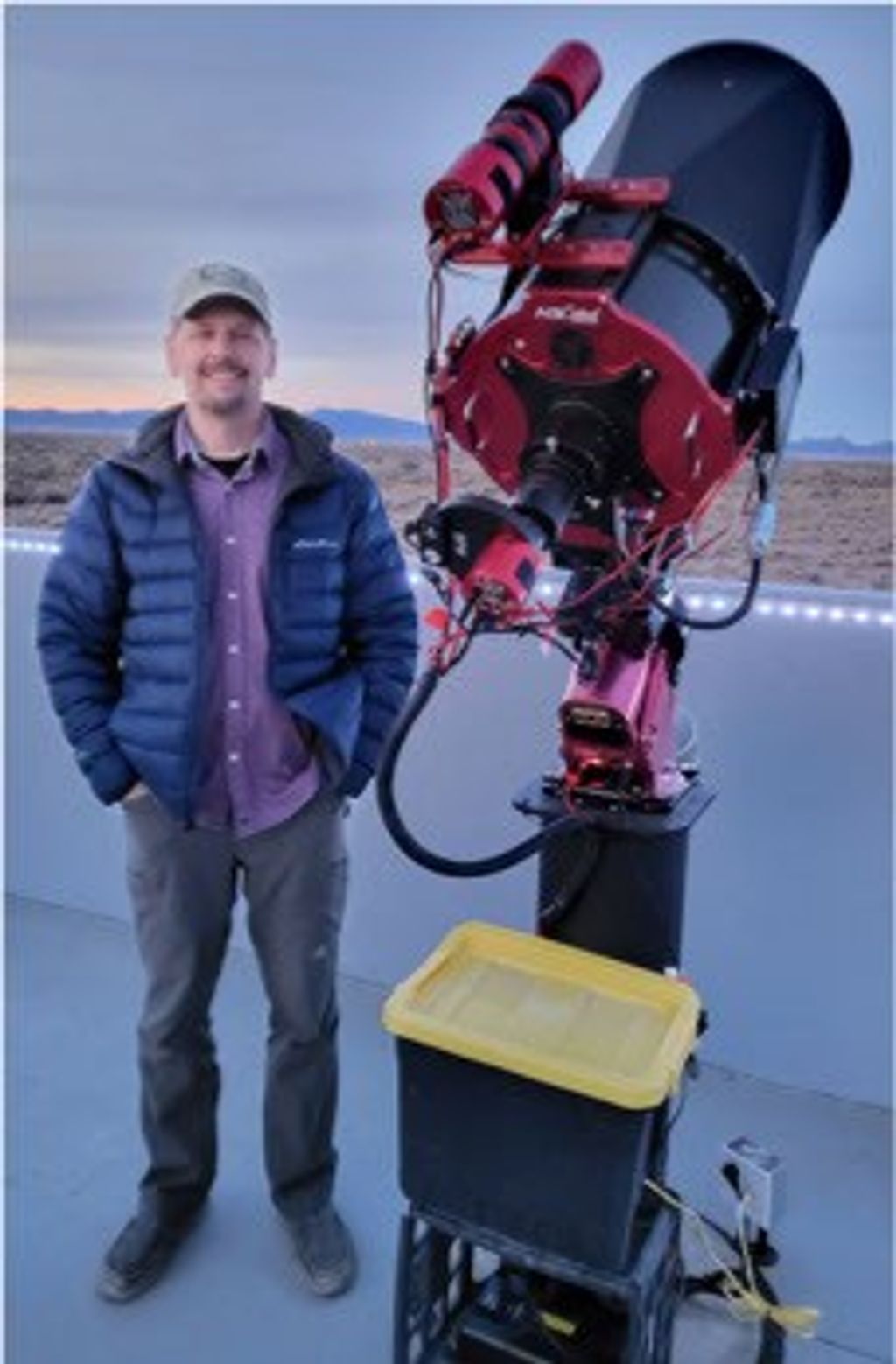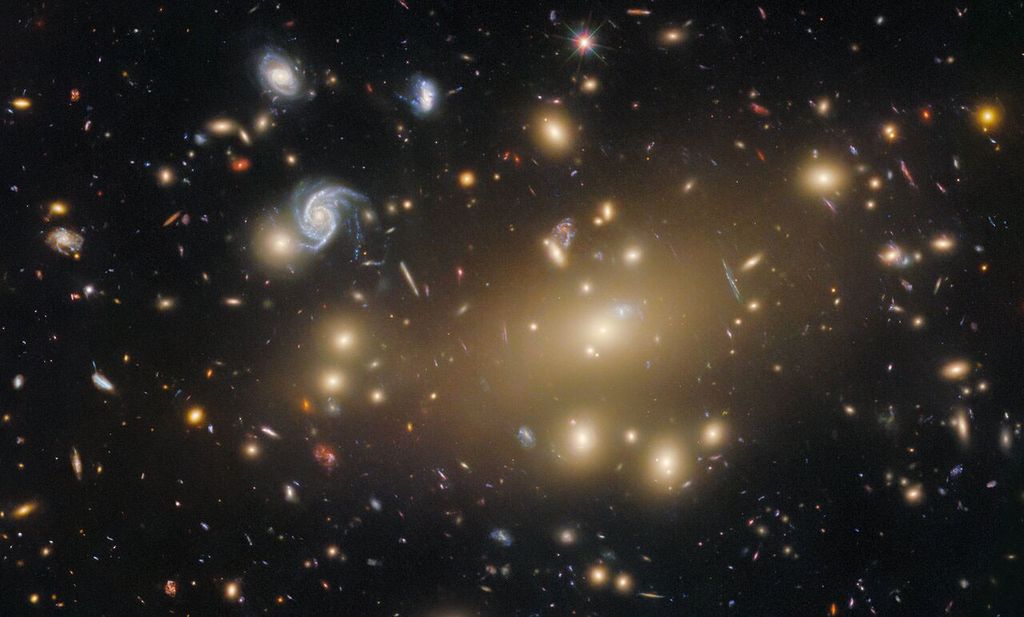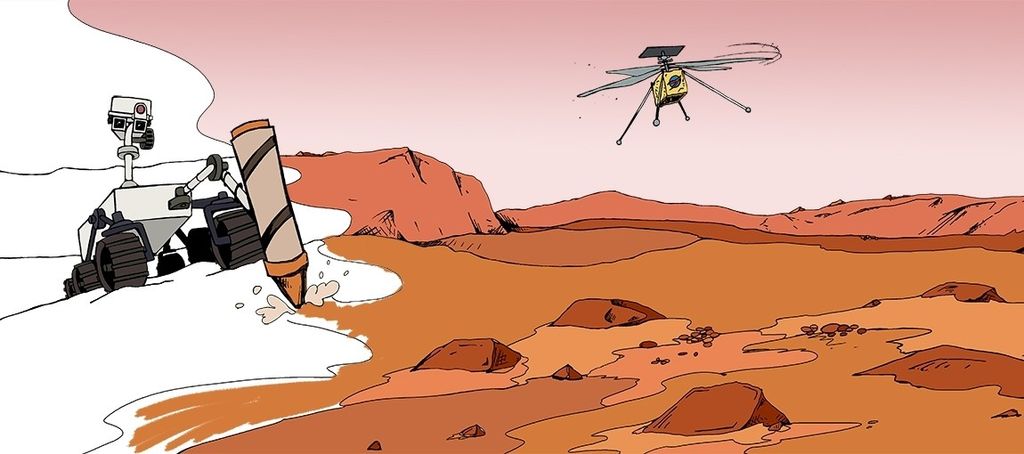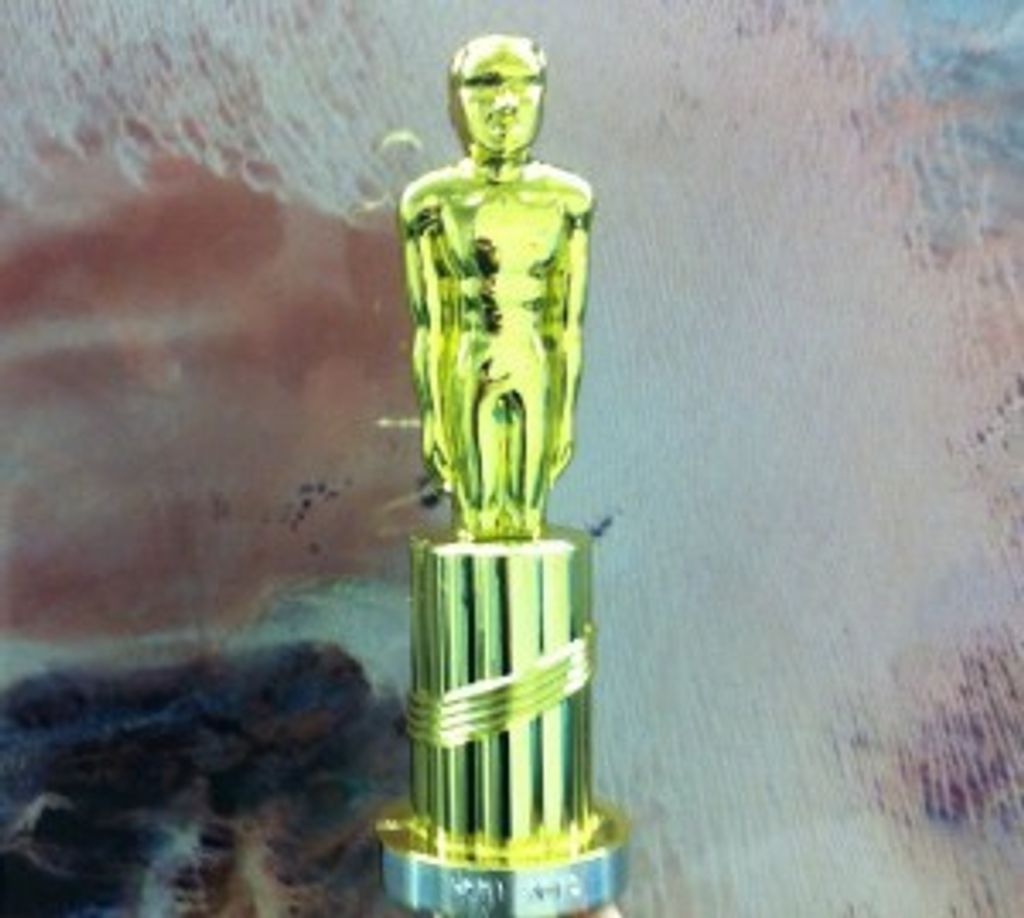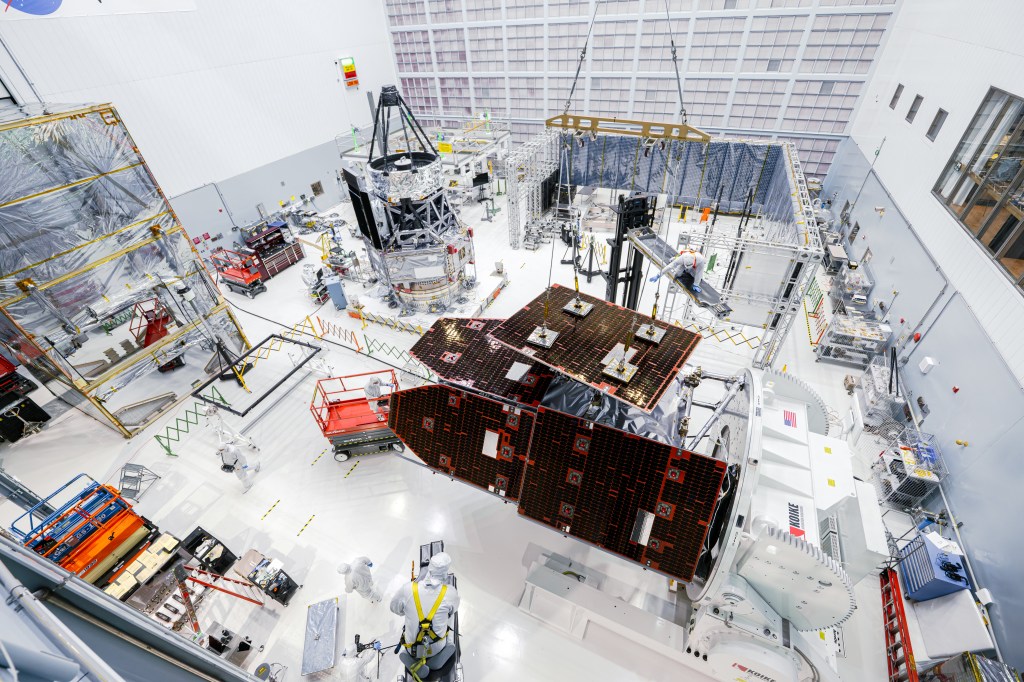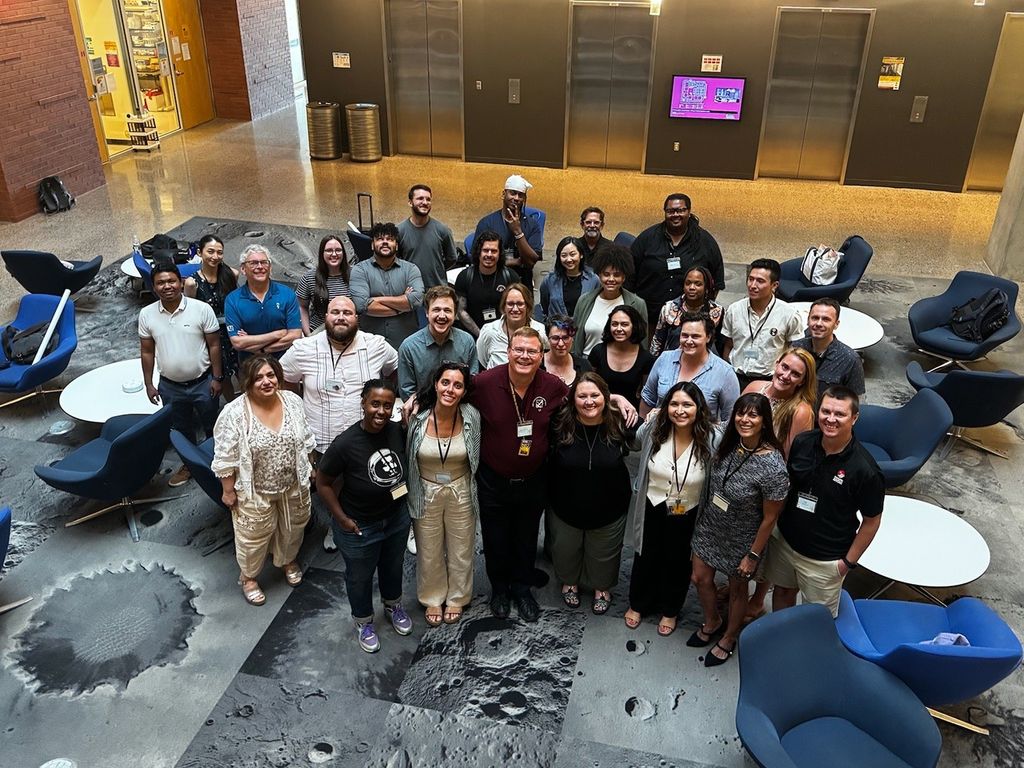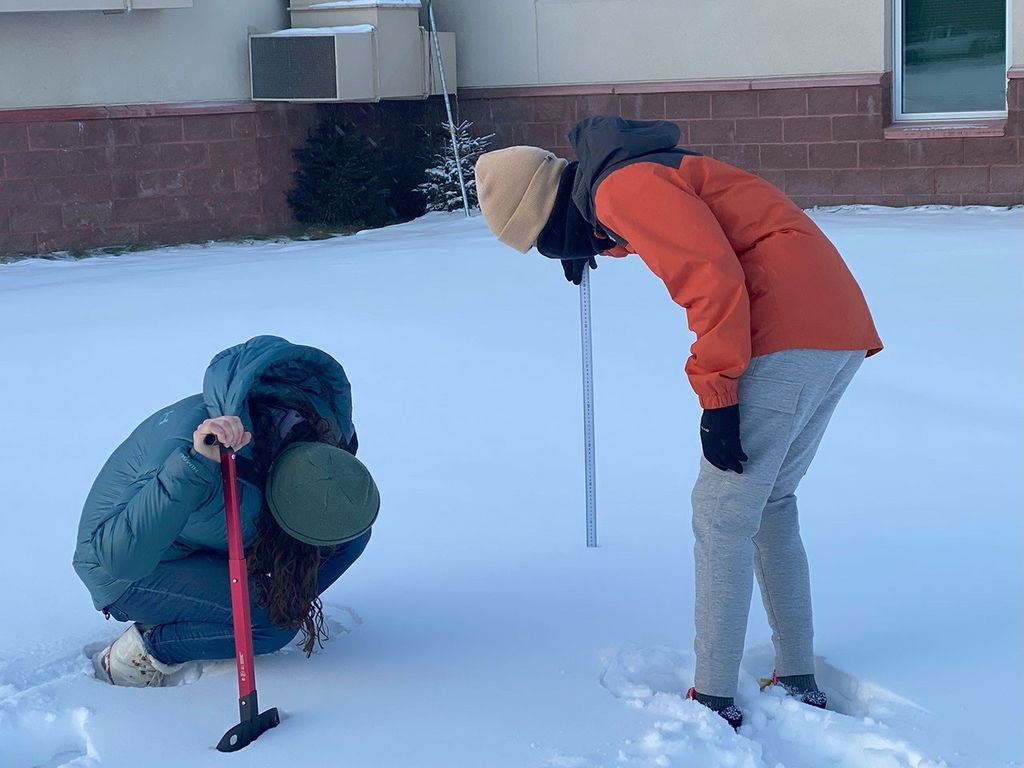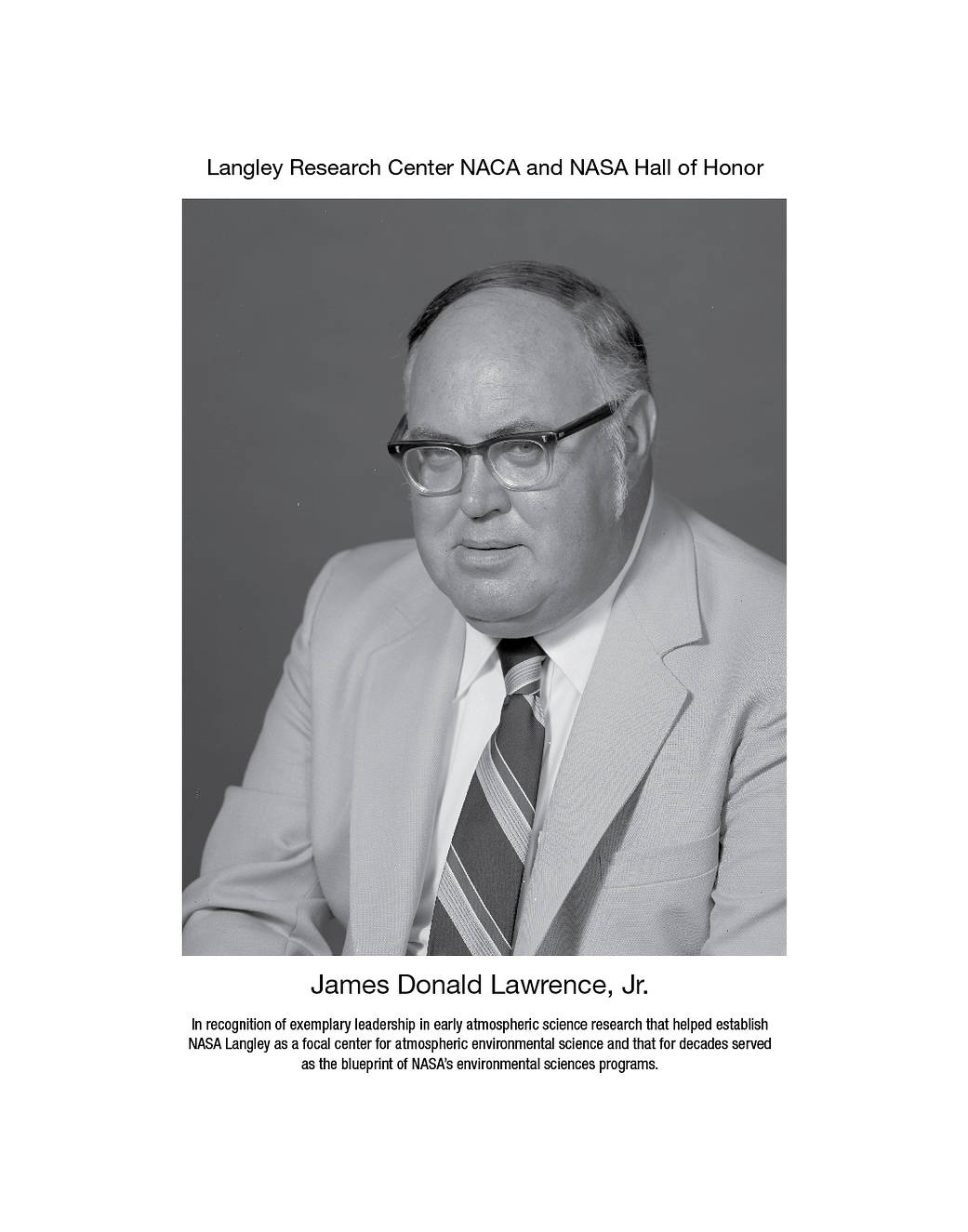James Donald Lawrence, Jr.
Dr. James Donald “Don” Lawrence, Jr. (1933-2002) was an atmospheric scientist who started out studying the environmental effects of supersonic aviation, but whose successful leadership helped establish Langley as a NASA “focal center” for atmospheric environmental science.
Lawrence was born in Portsmouth, Virginia. He received a bachelor’s degree from the Virginia Military Institute and a doctorate in physics from the University of Virginia. Before coming to NASA Langley in 1967, Lawrence was a physics professor at the College of William and Mary beginning in 1960.
NASA started focusing specifically on atmospheric science with the establishment of the Office of Applications in 1972. Leaders had already asked Lawrence the year before to organize the Remote Measurement of Pollution Workshop, which became the blueprint for NASA’s environmental sciences programs over the next two decades. He went on to create and lead the Environmental Quality Program Office at Langley whose scientists specialized in the remote measurement of temperature and gases from satellites, including the Limb Infrared Monitor of the Stratosphere and the Stratospheric Aerosol Measurement experiments on Nimbus 7.
As a result of their successes, Langley received additional funding for atmospheric research and sensor technologies and in 1976 Lawrence was made chief of the newly established Atmospheric Science Division. He held that position until his retirement in 1994. Lawrence focused Langley research on atmospheric chemistry of the troposphere and stratosphere, the Earth’s radiative energy balance, the effect of clouds on the energy balance, and atmospheric modeling. That led to Langley winning more than a half dozen instrument proposals, including: the Stratospheric Aerosol Experiment (SAGE); SAGE II; Measurement of Air Pollution from Satellites; Halogen Occultation Experiment; the Earth Radiation Budget Experiment; and the Clouds and the Earth’s Radiation Energy System.
Lawrence also formed strong partnerships with Langley’s engineers who had expertise in the project, technology, and engineering challenges of spaceflight instrument hardware development.
He was a fellow of the American Institute of Aeronautics and Astronautics (AIAA) and a recipient of the NASA Exceptional Scientific Achievement Medal, the NASA Outstanding Leadership Medal, the NASA Senior Executive Service Presidential Rank of Meritorious Service award in 1986 and 1993, and the AIAA Losey Atmospheric Sciences Award.


